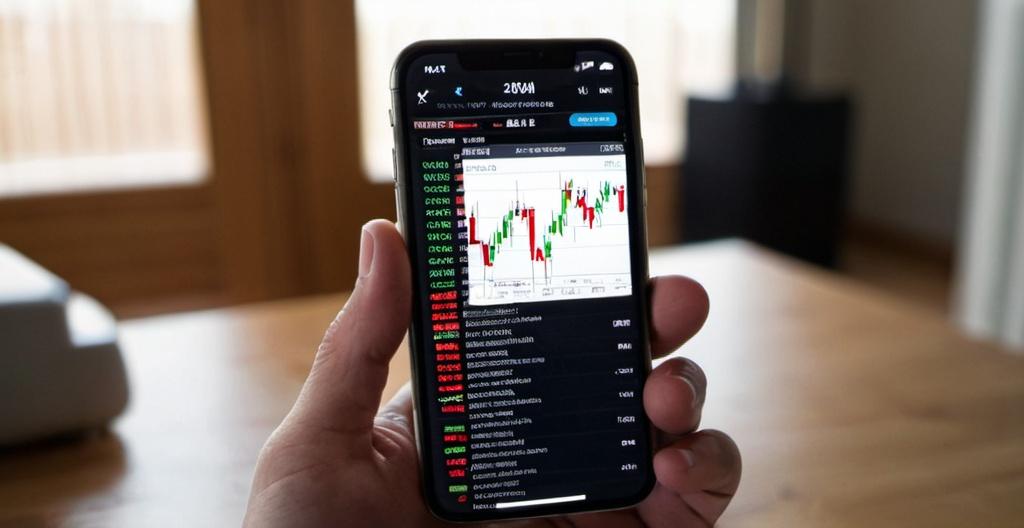Understanding Bitcoin Halving
Bitcoin halving is a pivotal event in the cryptocurrency landscape that occurs approximately every four years. This event is initiated when a total of 210,000 blocks have been mined, subsequently leading to a reduction in the reward for mining new Bitcoin blocks by half. Originally, Bitcoin miners received a reward of 50 BTC for each block mined, but this figure has progressively decreased over time following several halving events. The most recent halving occurred in May 2020, where the reward was reduced to 6.25 BTC per block.
The Mechanism Behind Bitcoin Halving
The foundational principle underpinning Bitcoin halving is embedded in its algorithmic structure. By diminishing the reward over time, Bitcoin’s supply is inherently limited, thereby preserving its scarcity. This meticulously controlled supply mechanism is similar to how a commodity such as gold becomes increasingly difficult to extract over time. Such a feature is purposely designed to mimic the finite nature of resources, ensuring that Bitcoin remains a deflationary asset with limited supply.
Historical Impact on Prices
Historical data has shown that Bitcoin halving events have considerably influenced the cryptocurrency’s market price. The inherent reduction in supply typically engenders scarcity, and when coupled with stable or rising demand, this scarcity can drive prices upwards. Previous halving events, such as those in 2012 and 2016, were followed by substantial increments in Bitcoin’s market value within the following months. For those interested in learning how to identify the best cryptocurrencies for investment post-halving, exploring how to identify the best cryptocurrencies for investment could provide valuable insights.
Market Anticipation and Investor Behavior
Investors and market participants often anticipate halving events long before they occur, leading to speculative trading activities. As the halving date draws near, market volatility can escalate, with traders striving to capitalize on potential price fluctuations. This speculative behavior can have a profound effect on market trends, typically leading to a price surge prior to the actual halving event.
Effects on the Mining Ecosystem
Bitcoin halving exerts significant influence on the mining ecosystem. With diminished block rewards, miners become more reliant on transaction fees to sustain their profitability. Consequently, smaller mining operations might find it challenging to cover operational costs, potentially leading to market consolidation where only the more efficient miners, those with reduced electricity costs or more advanced technology, continue to thrive.
Transaction Fees and Network Security
As miners adapt to the reduced rewards, transaction fees become an essential component of their revenue models. Over time, the reliance on transaction fees is poised to increase, impacting the cost structure for users who wish to execute Bitcoin transactions. Moreover, a more competitive mining environment enhances the security of the Bitcoin network, as miners are motivated to validate transactions and uphold the integrity of the blockchain.
Economic Theories Supporting Halving Impact
The impact of Bitcoin halving is often explained through basic economic theories of supply and demand. With the halving effectively reducing the rate of new Bitcoin supply, the available quantity on the market decreases. If the demand remains constant or increases, the equilibrium price is expected to rise. This principle is similar to how rare art or antiques become more valuable over time due to their limited supply and increasing collector interest.
Environmental Considerations for Miners
Given the energy-intensive nature of Bitcoin mining, environmental concerns are an ever-present consideration. As halving reduces rewards and makes mining less profitable, miners may invest in more energy-efficient technologies to lower operational costs. This trend may also accelerate the transition towards renewable energy sources within the mining industry, as sustainability becomes a critical component of maintaining competitiveness.
Long-Term Implications
In the long term, the halving mechanism suggests a gradually diminishing rate of new Bitcoin supply, which may contribute to Bitcoin’s evolution into a more stable asset class. The reduced rate of inflation, aligned with a predictable issuance schedule, renders Bitcoin attractive to investors seeking a hedge against the volatility or inflation of traditional financial systems.
The systematic reduction in the issuance of new Bitcoin, along with an established maximum supply, fortifies Bitcoin’s role as a store of value. Investors and institutions looking for diversification options outside conventional assets may view Bitcoin as a digital equivalent to precious metals, with the added benefits of portability and digital security.
For those interested in delving deeper into Bitcoin halving, exploring official resources and data analysis from reputable cryptocurrency research firms or financial institutions is recommended. These platforms often provide comprehensive analyses and insights into the broader impacts of Bitcoin halving on cryptocurrency markets, adding depth to the understanding of these pivotal events.
In conclusion, Bitcoin halving is not just a technical occurrence but a significant economic event influencing various aspects of the cryptocurrency ecosystem. From price fluctuations to mining operations and environmental considerations, the effects of halving resonate throughout the industry. The interplay of constrained supply and speculative demand continues to captivate both seasoned investors and new entrants, highlighting the enduring allure and complexity of Bitcoin and its halvings.
This article was last updated on: July 16, 2025



